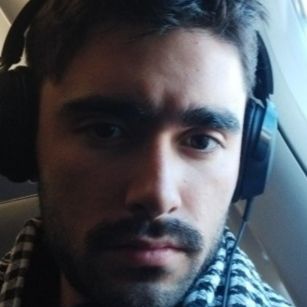The Great Green Wall for the Sahara and the Sahel Initiative (GGWI), launched in 2007 by the African Union, is one of Africa’s most important green transformation projects.
From a pan-African environmental movement to a mosaic of locally managed projects to its considerable funding from the international community, the GGWI is now seen as a ‘megaproject’. While this megaproject has been primarily studied along the lines of political ecology and critical development studies, both showing the material limits and effectiveness of the initiative, its impact on the ground remains important in that the Sahelian landscape is shaped by donor and development actors’ discourses and imaginaries. The conceptual debates around the notion of ‘future’ thus make it possible to capture and facilitate the emergence of endogenous practices and environmental knowledge which involve the population, their history, and their culture using specific methods. By implementing the relationship formulated by Jacques Lacan between symbolic, reality and imaginary, this project will make it possible to approach the GGWI project as a social-technical imaginary while considering the complex social-ecological processes that this project involves.
Pédarros, É. et al. (2024) The Great Green Wall as a Social-Technical Imaginary, IDS Working Paper 602, Brighton: Institute of Development Studies, DOI: 10.19088/IDS.2024.017
La Grande Muraille Verte en tant qu’imaginaire socio-technique
Le projet de la Grande Muraille Verte (GMV), lancé en 2007 par l’Union Africaine, est l’un des plus importants projets de transformation verte de l’Afrique. D’un mouvement environnemental panafricain à une mosaïque de modes de gestion et de mise en œuvre du projet à l’échelle locale en passant par son financement considérable de la part de la communauté internationale, la GMV est désormais considérée comme un « mégaprojet » étudié principalement selon les lignes de l’écologie politique et des études critiques sur le développement. Cependant, les nombreuses dissonances de perception entre les différents acteurs de la GMV à différentes échelles nous conduisent à proposer de considérer la GMV comme un imaginaire socio-technique, un outil permettant « l’élaboration de l’avenir ». Les débats conceptuels autour de la notion de « futur » permettent ainsi d’interroger la capacité de ce projet à intégrer des pratiques endogènes qui s’inscrivent dans une diversité de récits de mémoire environnementale collectivement construits. Considérer la GMV comme un imaginaire socio-technique implique également de questionner le caractère panafricain de ce projet et de tenter de comprendre comment son expansion actuelle est effectivement négociée et réalisée. Pour répondre à ces questions nous proposons d’organiser une exposition itinérante, au Sénégal, en Côte d’Ivoire et en Éthiopie, comprenant différents ateliers participatifs destinés à mobiliser les différentes dimensions de l’imaginaire. Cette exposition permet de faire communiquer à la fois les sites et les échelles grâce à la production d’objets-frontière réalisés par des artistes locaux à partir de l’exposition itinérante. En mettant en œuvre la relation formulée par Jacques Lacan entre symbolique, réalité et imaginaire, ce projet permettra donc d’aborder le projet de la GMV en tant qu’imaginaire socio-technique tout en considérant les processus socio-écologiques complexes que ce projet implique.
Pédarros, É. et al. (2024) La Grande Muraille Verte en tant qu’imaginaire socio-technique, IDS Working Paper 603, Brighton : Institute of Development Studies, DOI : 10.19088/IDS.2024.018


